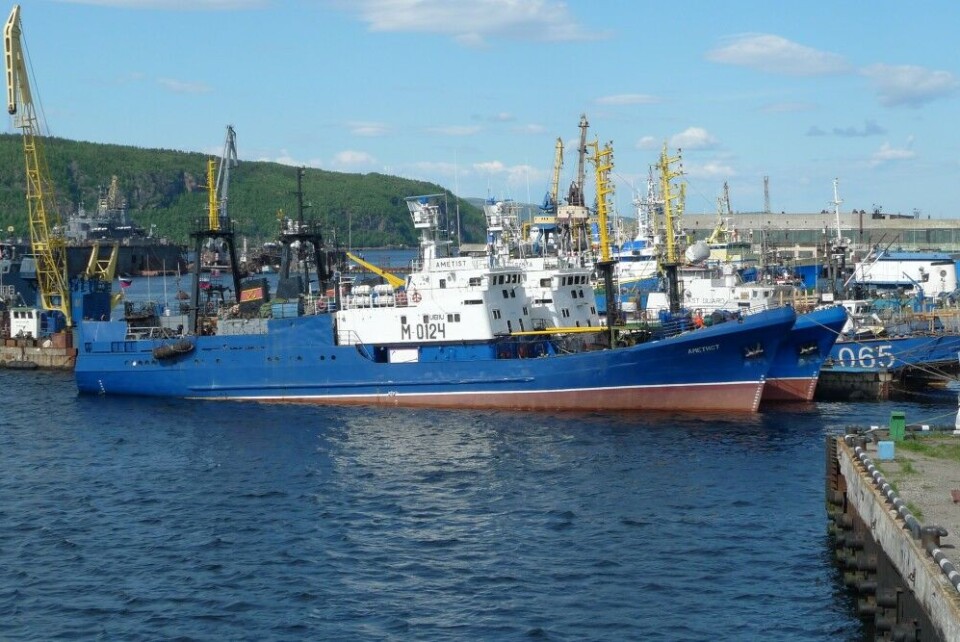
Russia, Norway agree to reduce Barents Sea cod quota
The Barents Sea is still a highly productive and profitable fishery area.
p.p1 {margin: 0.0px 0.0px 0.0px 0.0px; font: 11.0px Helvetica; color: #000000; -webkit-text-stroke: #000000}p.p2 {margin: 0.0px 0.0px 0.0px 0.0px; font: 11.0px Helvetica; color: #000000; -webkit-text-stroke: #000000; min-height: 13.0px}span.s1 {font-kerning: none}
For 2018, the cod quota to be cached by Russian and Norwegian fishing fleet is set to 775,000 tons, Norway’s Ministry of Trade, Industry and Fisheries informs.
In 2017, the Barents Sea cod quota was 890,000 tons.
«I’m happy we also 2018 have reached an agreement between Norway and Russia on fihseries that secures a sustainable harvesting of the fish resources in the Barents Sea,» Minister of Fisheries Per Sandberg says.
The agreement includes all spices of economic of importance; cod, haddock, capelin, halibut and rosefish.
Norway’s share of the cod quota is 350,159 tons, including 21,000 tons of coastal cod and 7,000 tons for research catch.
The quota for haddock is agreed to be 202,305 tons for 2018, of which nearly half is for Norway. For the first time since 2015, the two countries also agree on opening for fishing on capelin resources in 2018, in total 205,000 tons, the highest quota since 2012.
Quota on halibut goes up next year by 3,000 tons to a total of 27,000 tons, according to the agreement.
The reduced quota on cod comes after recommendations by researchers. In spring, the Barents Observer reported that the International Council for the Exploration of the Sea (ICES) recommended the cod quota for 2018 not to exceed 712,000 tons.
p.p1 {margin: 0.0px 0.0px 0.0px 0.0px; font: 11.0px Helvetica; color: #000000; -webkit-text-stroke: #000000}p.p2 {margin: 0.0px 0.0px 0.0px 0.0px; font: 11.0px Helvetica; color: #000000; -webkit-text-stroke: #000000; min-height: 13.0px}span.s1 {font-kerning: none}
All back to 1976, Norway and Russia’s Joint Fishery Commission has set quotas for Barents Sea fishing. Since 1993, the Commission has included exchange of catch data, inspections and other issues related to compliance control.
With the work and agreements in the joint commission, Norway and Russia have managed to keep the Barents Sea as one of the best sustainable fishing areas on the world’s oceans.
















